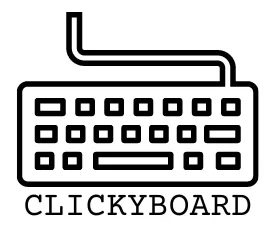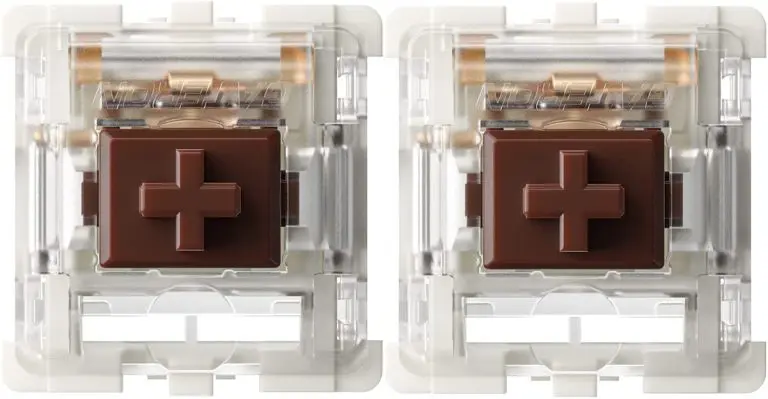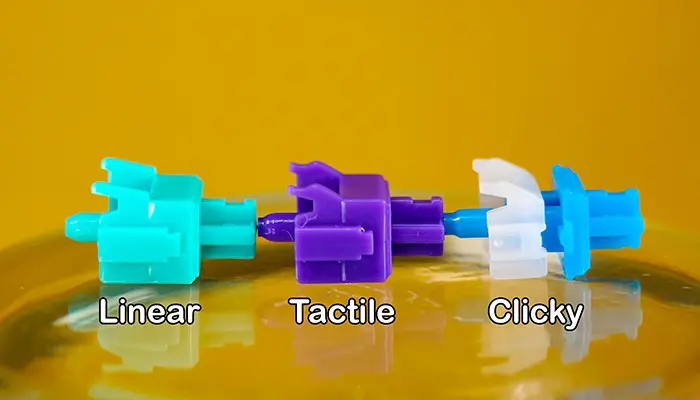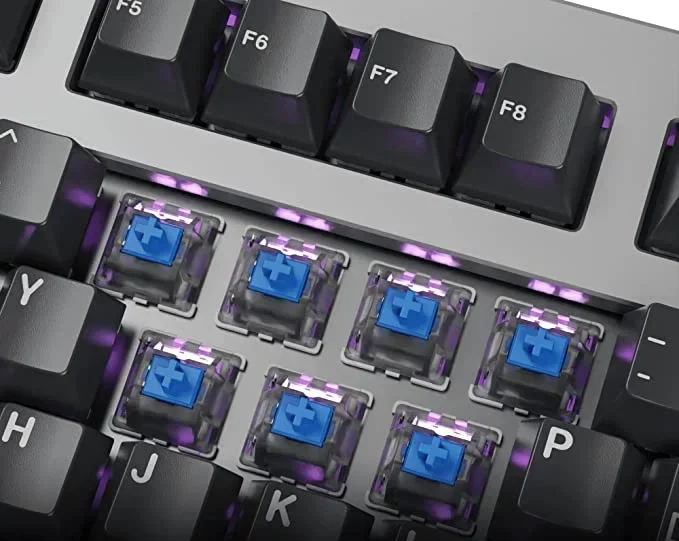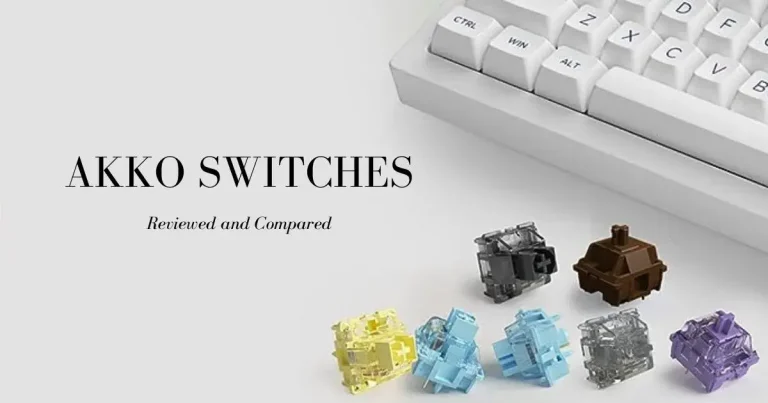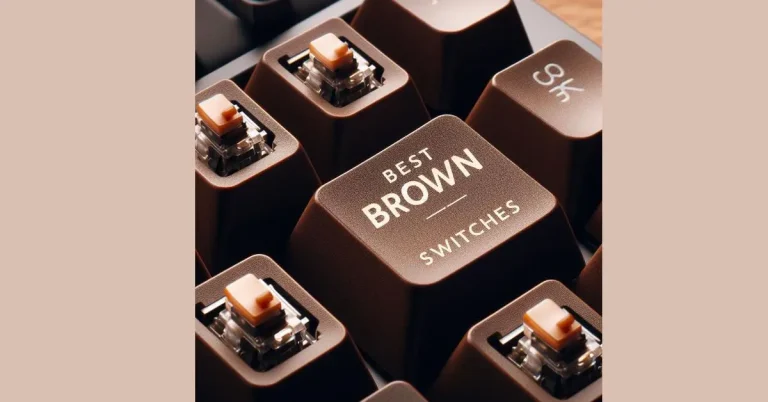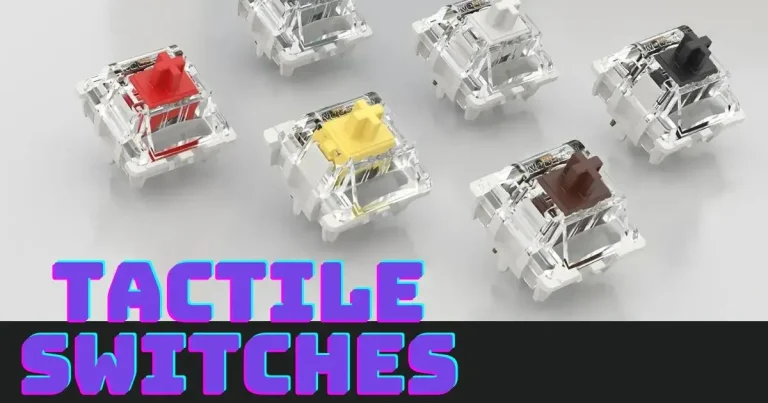Tactile Switches (2022) to Get Satisfying Typing Experience Trace Now
The tactile switches make it easier and quicker to operate computer functions such as screen brightness, volume, typing, etc. The smoothness of linear switches is what makes these the preferred switch type of gamers. The accuracy linear switches allow can present an advantage while gaming, and there are even specially designed speed switches as a subcategory of linear switches.
The Tactile Switches are the best choice if you want to control your typing speed with the light touch of a finger. The main features are simple installation, beautiful appearance, high-quality typing, reliable performance, low cost, and easy maintenance. To read Tactile Switches helpful for you.
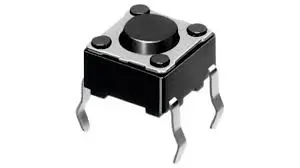
The Tactile switches are a great way to add a bit of tactile feedback to your website and applications. The great tactile switch is called “clickers” because they act as an additional clickable object on your webpage. Tactile Switches can be used to trigger any number of different events, including the opening of a window or even just the flipping of a right tactile switch.
Our Tactile Switches blog covers the world of linear switches from the perspective of those who create and sell them, giving you insight into the challenges and opportunities facing today’s technology industry.
Tactile Switches 2022
The Tactile Switch and Tactile Keycaps are individually crafted and hand-pressed in China, so we can guarantee each is authentic and free of imperfections with Tactile Switches. For extra durability and to enhance the life of your mechanical keyboard, we recommend replacing your keyboard’s existing keycaps with these tactile switches.
The tactile switch is handy when typing or playing games. Tactile buttons are often used with computer keyboards and mice, but they may also be found on handheld devices such as cell phones.
Why Should You Get Tactile Switches
Tactile switches are a type of mechanical switch commonly found in desktop computers. Instead of the standard membrane found on most laptop keyboards, these switches use a spring that acts like a rubber band when pressed down. They offer a better click feel and more tactile response than traditional membrane keys.
The best Tactile switches have three main parts: 1) a keycap that sits over the membrane. 2) A post that extends up from the base of the keycap. 3) A spring mechanism that holds the critical cap in the tremendous tactile switch.
Tactile Switches; Filco Majestouch 2
We think the best mechanical keyboard is the one you use. We understand the fact that we have a choice of mechanical keyboards means that it’s more challenging to find one that suits you. So we’ve taken the time to get you the best mechanical keyboard on the market, the Filco Majestouch 2.
The Filco Majestouch 2 is an upgraded version of the classic Filco Majestouch. It offers all the great features that made the original Majestouch so famous, plus some additional improvements of Tactile Switches. It still provides the same great features as the original Majestouch, but the new keyboard features larger keys, better build quality, and a refined layout.
The tactile switch produces a response that feels more natural to your fingers than the standard soft dome switch on many computers. A keyboard with Tactile switches is for those who want a reliable, comfortable typing experience. Whether you’re a touch typist or a gamer, this is the best option for a keyboard you’ll use daily.
Tactile Switches; Cherry MX Brown Switches
The correct Tactile Switch version of the popular Cherry MX Brown switches is designed to offer smooth tactile feedback and give a slightly quieter typing experience. These switches are intended to replace the original Cherry MX switches, considered a classic, premium switch type like a linear switch.
The Tactile Switch is a more quiet way to control your computer. Instead of a Clicky switch, these switches feel smooth, tactile, and soft to the fingers. They provide feedback on the state of the key by providing more force when the key is depressed.
The Tactile Switch is a more quiet way to control your computer. Instead of a Clicky switch, these switches feel smooth, tactile, and soft to the fingers. They provide feedback on the state of the key by providing more force when the key is depressed.
Mechanical Keyboards
Mechanical keyboards, which utilize a series of tactile switches under each key, are by far the most popular type of keyboard, and for a good reason: they’re incredibly versatile. If you’re looking for a keyboard that will allow you to program, draw, and do pretty much anything else, then you should probably use a mechanical keyboard.
The Blue Cherry tactile switch has a medium actuation force and feels similar to the Cherry MX Brown switches. They also come in a red version, called the Red Cherry switches.
Finding A Keyboard With Your Ideal Switch Type
How often have you adjusted a keyboard because it was too hard to reach the correct switch type? For example, tactile switches, if you’re going to be using the keyboard for gaming, you’ll want something with a higher number of keys.
You can find any keyboard you desire in a world where you can plug into any port with a USB cord. With a USB port, you can use various keyboard options, from ergonomic to gaming, with varying critical spacing and switch types. Which type of tactile switch is right for you depends upon how you use your computer.
Are you still searching for the ideal switch-type keyboard? Well, this is it! The Cherry MX switch is widely considered the best switch on the market, and here is a brand new full-size mechanical keyboard from Cherry, designed for both speed and accuracy. It offers a variety of switch types that are suited to many different typing styles, giving you the perfect keyboard for your class.
The Cherry MX RGB Mechanical Gaming Keyboard boasts Cherry MX’s tactile switches, enabling users to choose from red, green, blue, purple, cyan, and clear options. These switches offer the users a range of tactile feedback to enhance their typing experience.
Whether you prefer a quick burst of speed or a relaxed typing session, this keyboard will help you achieve the speed and accuracy you desire. This RGB keyboard is fully compatible with Windows, Mac, and Linux operating systems. You can choose your keyboard with a switch type of QWERTY, QWERTZ, AZERTY, or Colemak. No more searching through piles of keyboards to find the one you like the most.
Tactile Bump
The keyboard meets all the latest standards for quality and safety, and their keycaps are selected and tested to ensure that they are as comfortable for tactile switches as possible. The tactile bump generated is a great indicator. While many complain the tactile bump is almost non-existent, most will enjoy the typing experience as it feels very familiar with mechanical switches.
The keyboard is fully adjustable, the height can be set between 30mm and 44mm, and the angle can be adjusted between 0° and 10°. Halo Clears have pretty a high tactile bump when compared to others. The pre-loaded spring puts the tactile bump at the start of the keystroke, so you can rest your fingers on the keys without the switches actuating. Once you get past the tactile bump, the resistance lowers and increases towards the keystroke’s end.
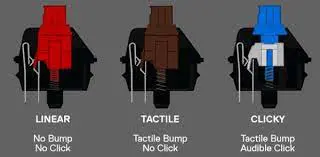
The new Microsoft Surface Pro 3 is a versatile mobile workstation that’s ideal for business travelers, students, creative professionals, and anyone who needs a productive, affordable laptop. Surface Pro 3 has a fantastic screen ideal for watching movies or playing games, and it can run any Windows 8 app—making it an accurate 2-in-1 device. They have a tactile bump with halo clear switches and loud noise when pressed.
Keyboards are the foundation of a computer, and the Switch series offers the broadest range of silent switch types to satisfy all your typing needs. Choose between the standard, linear, or tactile options depending on the feeling you prefer clicky switches. The keycaps feature our popular WASD layout and dedicated arrow keys for quick navigation and shortcuts for easy movement around the keyboard.
The Ultimate Switch For Your Keyboard. The Razer Naga Ultimate is a full-size mechanical keyboard with a comfortable shape and an ergonomic layout that gives you a better typing experience with clicky switches. A 10-key rollover system provides high precision and faster key presses. It features Cherry MX Brown, Blue, Red, and Black switches and RGB lighting options.
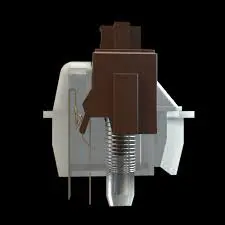
When it comes to the switch market, Corsair knows its stuff. That’s why we designed our Cherry MX Red keycaps to ensure they’re one of the best you can find. They’ve been used in Corsair keyboards and SteelSeries mice and tested in Corsair Vengeance RGB keyboards and LED strips.
In actuation, the tactile switches offer tactile feedback without pressing too hard. The short travel distance but the low actuation point allows for a softer, more natural feel.
Conclusion
You need to think about the tactile experience of your keyboard. For example, how you hold your hands. I suggest the following tips on getting the best typing experience for your hands and wrists.
This works because the technology of touch screens allows the user to experience something similar to how they would if they were touching the actual keys on a physical keyboard. It’s not a replacement for a traditional keyboard but a very convenient alternative. Many of you probably don’t remember this feature on your iPhone, iPad, or Mac, but it has been around for years.

